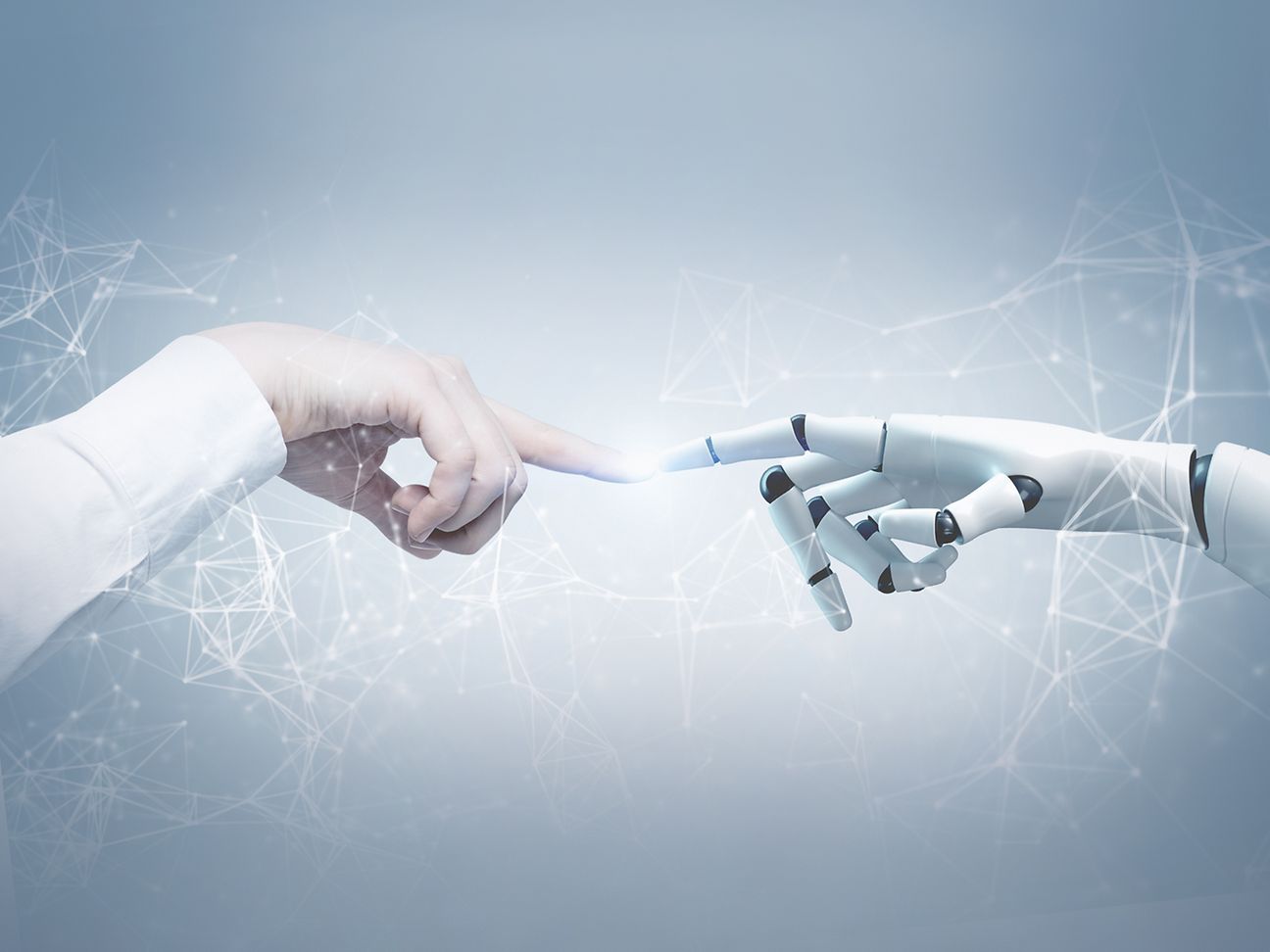Video: Ranga Yogeshwar explains digitization
Mr. Yogeshwar, how do you explain digitization to your viewers?
Ranga Yogeshwar: First of all, digitization is a revolution. An unbelievable amount of change is taking place. In principle, you can translate just about everything into numbers. Images are a great example! The picture that we are recording at the moment actually consists of a great many numbers. Each point has numbers that define the brightness and the color at that point. And that enables us to transmit this picture. That's the first step. In the second step, mathematical tools for processing the data suddenly come into play. And such mathematical processing allows us to interconnect a great number of different things. And then one has to realize – and this leads to the third important step – that digitization is always also a revolution of communications. This means that all of this data are not just locally accessible; we can transmit it via the Internet, via mobile communications, etc.. So enormous exchanges of data are taking place.
A beautiful aspect of this is that every little everyday detail can be translated into this digital world. This is a revolution, by the way, that is just getting start-ed. Some of the things emerging from it are fantastic.

